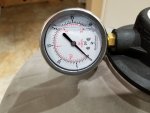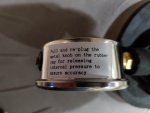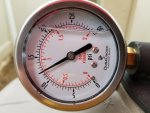When we purchased our home last summer the pool was already up and running with no problems. After I learned to close the pool for the winter from this site, I put the pump, filter etc in the shed for storage after draining them. As I begin to prepare to open the pool, I figure I need to clean out the filter (Hayward DE3620) because I have no idea how old it is or when it was last cleaned. I'm going to follow the steps in this thread and it seems easy enough. DE Filter Cleaning Tutorial
Couple questions.
1)At what point should the grids be replaced? I don't how old they are but when I opened the filter, it doesn't seem to be terribly dirty.
2)There was a very very slow leak that would stain the lower body section of the filter that was coming from the center where the top and bottom meet. The o-ring doesnt looked damaged. Im not sure if the clamped was tightened to spec. Should I just replace the o-ring for good measure?
3)pressure gauge is broken. Will any gauge suffice?
Any other advice you can offer?
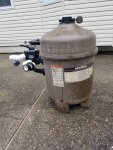
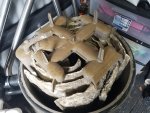
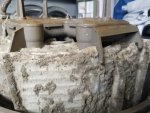
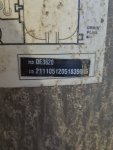
Couple questions.
1)At what point should the grids be replaced? I don't how old they are but when I opened the filter, it doesn't seem to be terribly dirty.
2)There was a very very slow leak that would stain the lower body section of the filter that was coming from the center where the top and bottom meet. The o-ring doesnt looked damaged. Im not sure if the clamped was tightened to spec. Should I just replace the o-ring for good measure?
3)pressure gauge is broken. Will any gauge suffice?
Any other advice you can offer?






